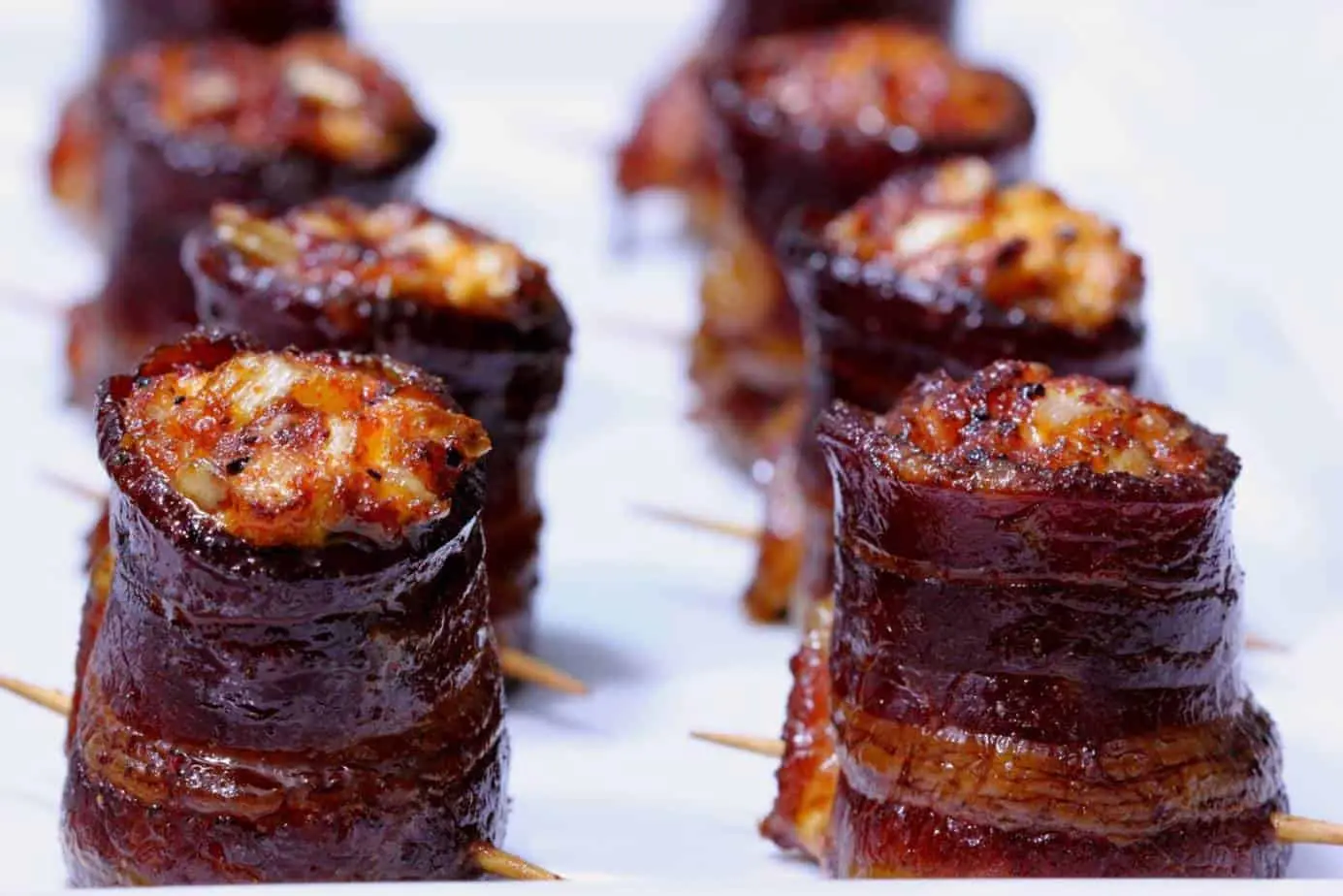When it comes to verbs, understanding their past tense forms is essential for effective communication. In this article, we will delve into the past tense of the verb smoke. By exploring its conjugation and different types of smoke, we will gain a comprehensive understanding of this verb and its usage. So let's dive in!
The Conjugation of smoke
The verb smoke is a regular verb, which means it follows a predictable pattern when conjugating it in the past tense. Regular verbs ending in -e simply remove the final -e before adding -ed or -ing. Therefore, the past tense forms of smoke are smoked and smoking.
Here is an overview of the conjugation of smoke in different tenses:

- Present tense: I smoke, you smoke, he/she/it smokes, we smoke, you smoke, they smoke
- Past tense: I smoked, you smoked, he/she/it smoked, we smoked, you smoked, they smoked
- Future tense: I will smoke, you will smoke, he/she/it will smoke, we will smoke, you will smoke, they will smoke
- Present perfect: I have smoked, you have smoked, he/she/it has smoked, we have smoked, you have smoked, they have smoked
It's important to note that the past participle of smoke is also smoked. This form is used in the perfect tenses to indicate an action that has already been completed.
The Three Types of Smoke
Now that we have covered the conjugation of smoke, let's explore the different types of smoke that can be produced. When tobacco is burned, it releases a complex mixture of approximately 7,000 chemical substances in the form of gases, liquid vapors, and particulate matter.
The process of smoking a cigarette produces three distinct types of smoke:
- Mainstream Smoke: This is the smoke directly inhaled into the smoker's lungs through the burning cigarette.
- Exhaled Mainstream Smoke: This is the smoke breathed out by the smoker from their lungs.
- Sidestream Smoke: This is the smoke that drifts from the smoldering tip of the cigarette.
Secondhand smoke, also known as passive smoke or environmental tobacco smoke, refers to the ambient smoke that is a by-product of active smoking. It mainly consists of exhaled mainstream smoke and sidestream smoke mixed with air. Small amounts of mainstream smoke can also escape through the cigarette mouthpiece, and vapor compounds can diffuse through the cigarette wrapper.

Mainstream smoke and sidestream smoke contain a similar range of chemicals, but they differ in their proportions and amounts. Sidestream smoke, which is produced at a lower temperature, can have a greater concentration of carcinogens compared to mainstream smoke. Over time, sidestream smoke becomes even more toxic as certain compounds undergo chemical changes.
It's worth noting that the toxicity of secondhand smoke depends on various factors, including the type of tobacco and other compounds in the cigarette, the proportion of burned tobacco producing mainstream and sidestream smoke, the volume and components of the air with which it mixes, and the age of secondhand smoke.
In conclusion, the past tense of the verb smoke is smoked. This regular verb follows the pattern of removing the final -e before adding -ed or -ing. Understanding the conjugation of smoke allows us to communicate effectively in different tenses.
Additionally, there are three types of smoke associated with smoking: mainstream smoke, exhaled mainstream smoke, and sidestream smoke. Secondhand smoke, which is a combination of exhaled mainstream smoke and sidestream smoke, poses health risks to those who are exposed to it.
By familiarizing ourselves with the past tense of smoke and understanding the different types of smoke, we can enhance our understanding of this verb and its implications. Whether discussing the act of smoking or the effects of secondhand smoke, knowing the past tense forms of smoke enables us to communicate accurately and effectively.
If you want to know other articles similar to Exploring the past tense of smoke: a comprehensive guide you can visit the Grammar category.

